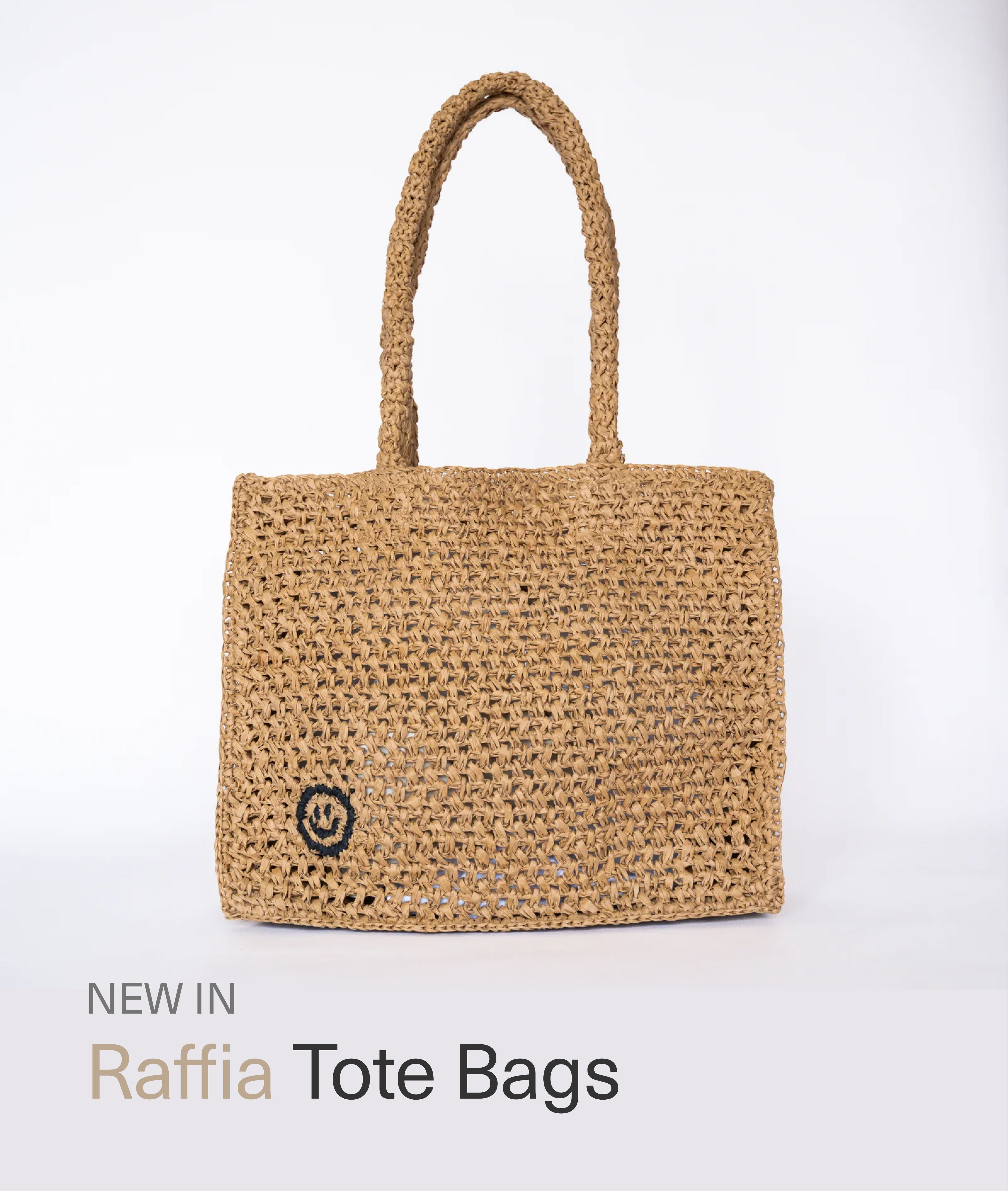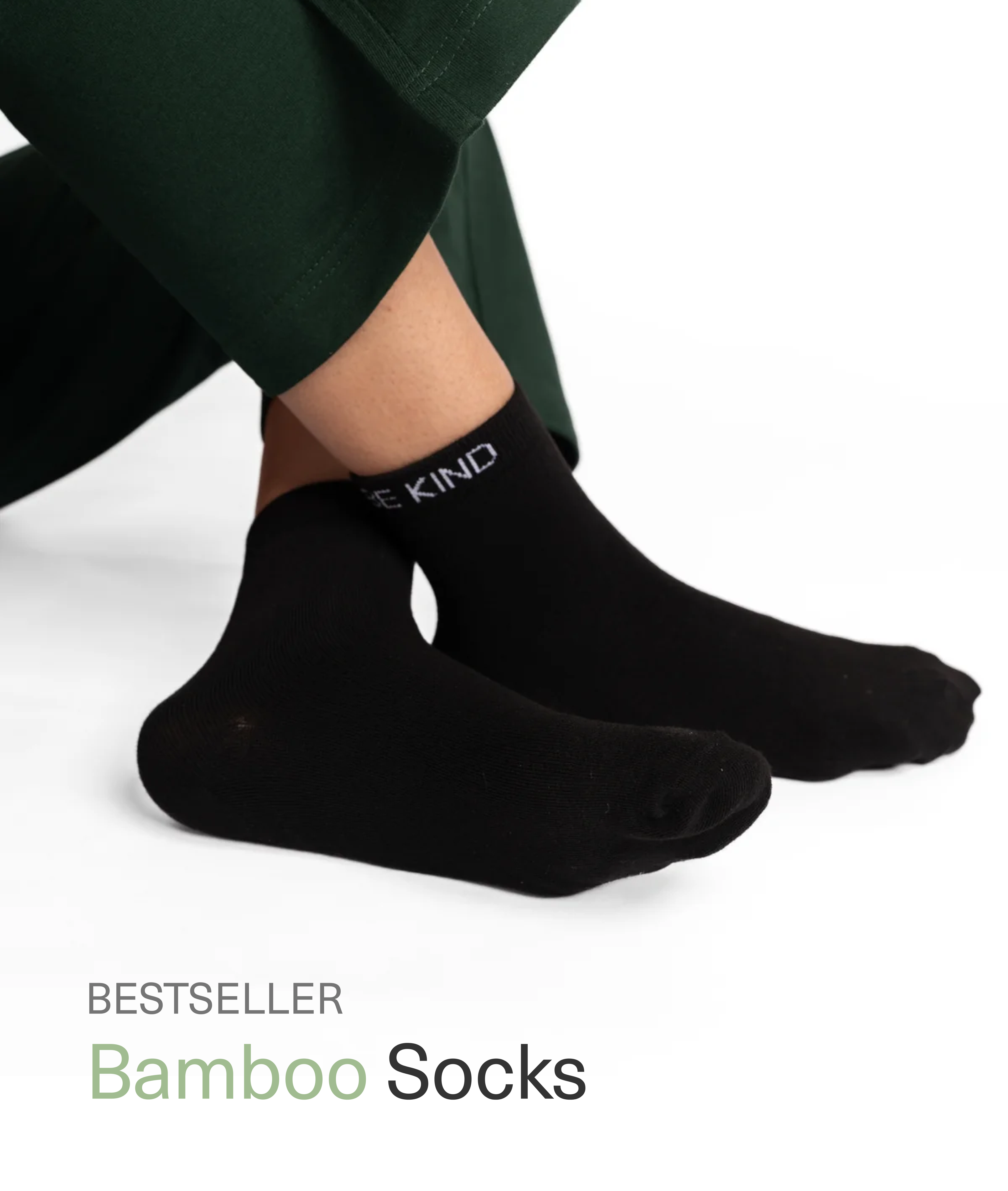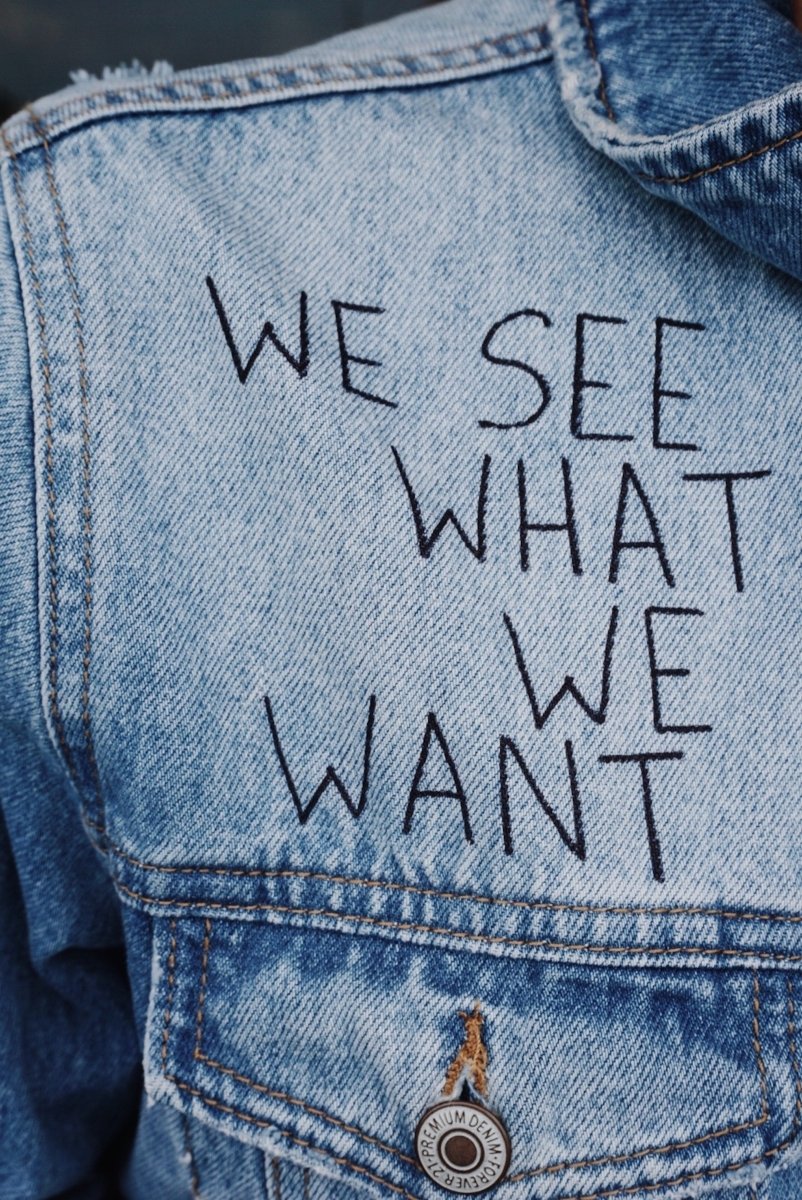Fashion has a huge impact on people and the planet, and fast fashion owns a large and growing share of the problem. The most successful fast fashion brands use influencers and other ploys to push trend-driven items at ridiculously low prices, all while producing new clothing collections as often as every two weeks. Sustainable? Not at all. That all comes at a huge cost to the lives of the workers who make the clothes and the environment.
Fast fashion retailers have made their name by giving us a chance to buy cheaply made and non eco-friendly pieces that look like designer clothes for next to nothing. But their sales techniques are having a drastic impact on consumer behaviour around the world. In particular, it changes our perception of the lifespan of the garments we buy and tries to convince us that outfit repeating is a faux pas when we know it’s a sustainability must-do.
On that note, here are 5 fast fashion facts that will shake you, and make you go… yikes.
1. “93% of brands aren’t paying garment workers a sustainable living wage” (Fashion Checker, 2023)
Many fast fashion production facilities are located in countries with emerging or developing markets. Fast fashion retailers employ thousands of people from Bangladesh, India, China, Indonesia, and other low- and lower-middle-income countries (LMIC) as cheap workforce. Not only do these people have to work exhausting hours, but the payment they get is far from fair.
2. “The fashion industry is responsible for 8-10% of carbon emissions” (UN Environment, 2019)
Some of the main sources of carbon emissions along fashion supply chains are things like pumping water to irrigate crops (like cotton), the harvesting machinery, general transport, and those pesky oil-based pesticides—all of which are inevitably increased in the notoriously overproducing world of fast fashion. By that score, we know that purchasing fast fashion items directly contributes to the global polluting machine that is to blame for 8-10% of the world’s carbon emissions.
3. “The textile sector still represents 10-20% of non eco-friendly pesticide use.” (The State of Fashion, McKinsey, 2020)
Cotton especially poses some significant issues. It’s one of the most commonly used fabrics when it comes to the fast fashion industry. By now, it’s probably easy to guess that the conventional cotton fabric most often used in the fast fashion industry is made in the most non eco-friendly way possible. Combined with open-loop cycles, un sustainable cotton production within the fast fashion industry poses a significant threat to health and wellbeing for agricultural workers, for ecosystems, and ultimately, for all of us. Looking for lower-impact fabric options like Organic Cotton is integral for improving the impact of the fashion industry. Looking to get some? Check these out.
4.“Three out of five of 100 bn garments will end up in landfill within a year” (Clean Clothes Campaign, 2019)
Recycling is, unsurprisingly, a massive problem in the fast fashion industry. We rarely think about where our clothes go when we don’t need them anymore. Fixing your clothes instead of throwing them away can make an incredible contribution to the reduction in global pollution and is one of the most sustainable ways of owning a capsule wardrobe.
5. “16 out of 21 items from 10 fashion brands donated through their sustainable take-back schemes were either destroyed, left in warehouses or exported to Africa, where up to half of used clothing are quickly shredded for other uses or dumped.” (Changing Markets Foundation, 2023)
Between August 2022 and July 2023, Changing Markets tracked 21 items from 10 fashion brands through their take-back schemes. Garments were donated to H&M, Zara, C&A, Primark, Nike, The North Face, Uniqlo and M&S stores in Belgium, France, Germany and the UK, or posted them to a Boohoo scheme. “Despite the slogans, three quarters of items (16 out of 21 or 76%) were either destroyed, left in warehouses or exported to Africa, where up to half of used clothing are quickly shredded for other uses or dumped. A pair of trousers donated to M&S were scrapped within a week” reported Changing Markets Foundation.
What is going wrong? What needs to change? Why is fashion still one of the most polluting, non eco-friendly and un sustainable industries there is?
Leaving you with some thinking to do….
Adapted from Good On You’s original article, first published in August 2023 by Jennifer Darmo.






















Leave a comment
This site is protected by hCaptcha and the hCaptcha Privacy Policy and Terms of Service apply.